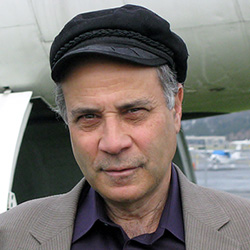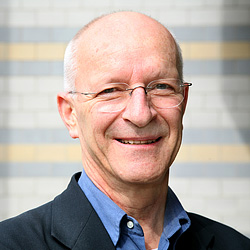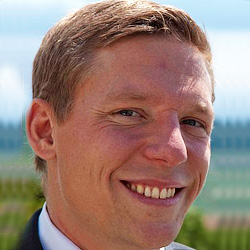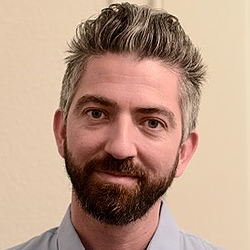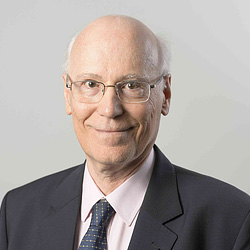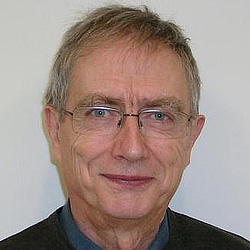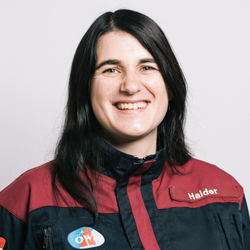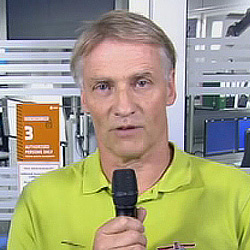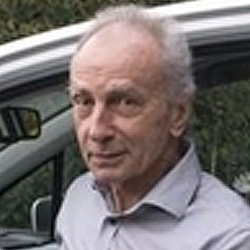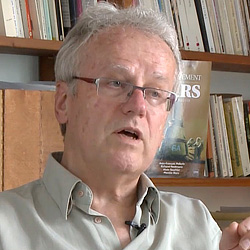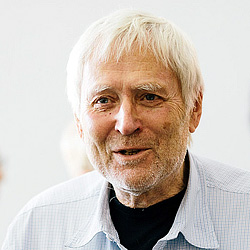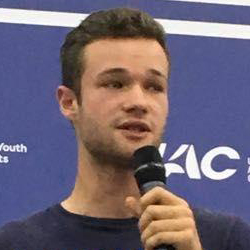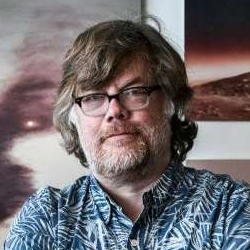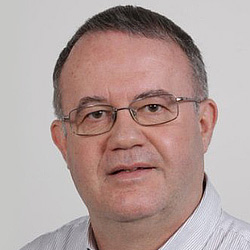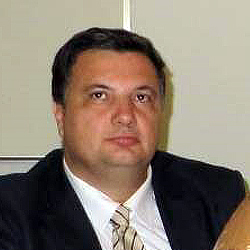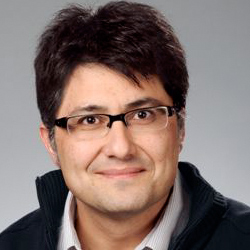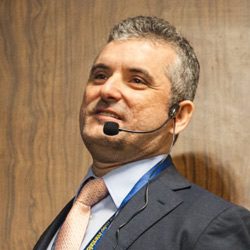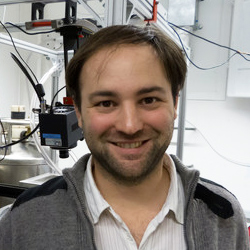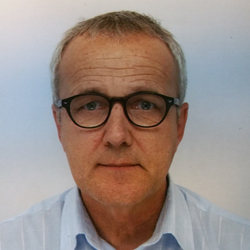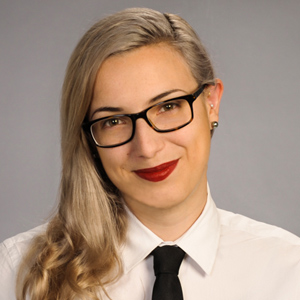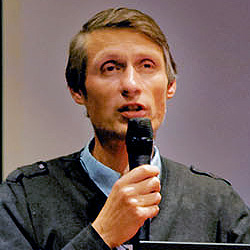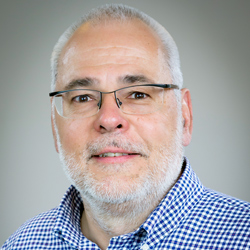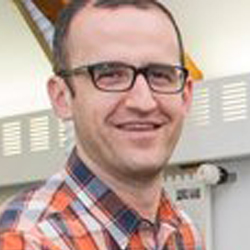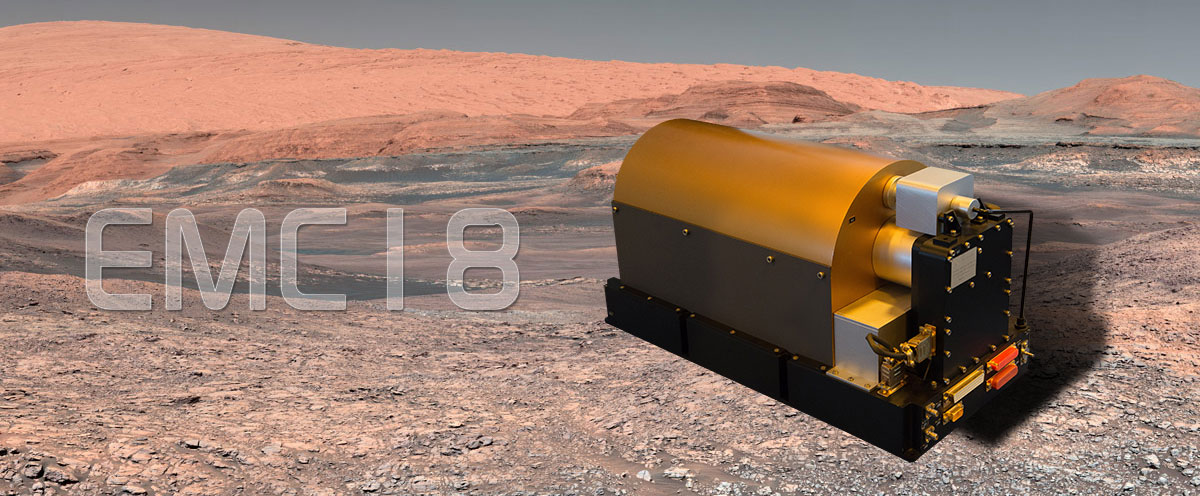
Robots and Men on Mars under the look of Time
Our sponsors
Space-X
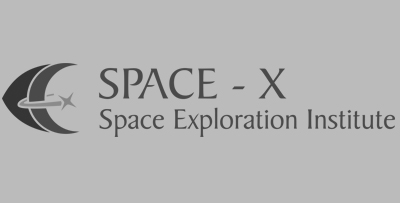
BCN

Spectratime

MIH

- Robert Zubrin (Founder of The Mars Society & president of the american Mars Society)
- Claude Nicollier (Swiss astronaut & professor at the EPFL)
- Theodore Besson (ESTEE)
- Tomaso Bontognali (Geobiologist (Space Exploration Institute, Neuchâtel))
- Pierre Brisson (MSS, APM)
- Michel Cabane (co PI SAM, Curiosity, to be confirmed)
- Olivia HaiderAustrian Space Forum (OeWF), member of the board, Social Media & science communicator, participation in several Mars analog simulations
- Jean-Luc Josset (Space-X Neuchâtel)
- Pierre-André Haldi (EPFL, specialist of sustainable energy systems & risk anlysis)
- Richard Heidmann (Association Planète Mars)
- Jürgen Herholz (ESA, Hermes Shuttle, MS Germany)
- Maxime Lenormand (IPSA)
- Philippe Lognonné (InSIGHT, University Paris-Diderot)
- Roland Loos (Solarstratos)
- Antonio del Mastro (Italian Mars Society)
- Gaetano Mileti (Uni Neuchâtel)
- Angelo Genovese (Space propulsion engineer at Thales Germany & director at Initiative for Interstellar Studies (I4IS))
- Antoine Pommerol (Berne University, Department of Space research and Planetary Sciences)
- Pascal Rochat (Managing-director of Spectratime)
- Anne-Marlène Rüede (EPFL)
- Jean-Marc Salotti (APM & Uni. Bordeaux)
- Alain Sandoz (EPFL)
- Mitko Tanevski (Engineering Expert, CLUPI (ExoMars))
CaSSIS (TGO)
InSight
Robots and Men on Mars under the look of Time
Debate between: Claude Nicollier, Robert Zubrin, Richard Heidman and Pierre Brisson
Some thoughts to feed the discussion:
From the point of view of Time, three difficulties to the detriment of Mars with respect to the Moon:
- 1) The launch window only opens every 26 months on the way out and every 18 months on the way back
- 2) It is not currently possible to envisage a trip of less than 4 months (rather 6 months)
- 3) The distance hence the speed of light impose a communication-lag of 2x3 to 2x23 minutes
But the communication-lag favors the permanent inhabited base objective (immediate action/reaction) ... and demands the maximum use of local resources (ISRU) and 3D printing therefore a move towards autonomy. To acquire it will be long, so better begin now.
Launch technology:
Is there any benefit to moving slowly like NASA with the SLS...
...rather than going fast like Elon Musk with his Falcons?
Any NASA program must be completed within 8 years (two presidencies).
We could have initiated inhabited missions to Mars in the 1990s but other choices were made!
Public opinion now favors the treatment of social problems...and it is risk adverse.
Nobody can say that 30 years from now, men will have the desire and the will to go out of their cradle




